
It's a butterfly's life
There are more than 17,000 kinds of butterflies in the world. Some of them will only live for a few days. Others will migrate thousands of miles to winter in a warmer climate. Still others will hib…
- Edition
- -
- ISBN/ISSN
- 9780545075879
- Collation
- 32 pages : illustration ; 22 cm
- Series Title
- -
- Call Number
- 595.7 KEL
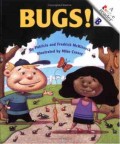
Bugs!
This beginning-to-read series, "Rookie Readers", will score easily with early readers. These very simple books focus on different aspects of language usage. Colorful, action pictures and familiar, …
- Edition
- -
- ISBN/ISSN
- 0516238906
- Collation
- 31 pages : illustration ; 17 cm
- Series Title
- Rookie reader Level B
- Call Number
- 595.7 MCK
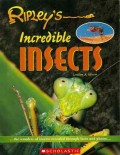
Ripley's incredible insects
The wonders of insects revealed through facts and photos... Beautiful, clear photographs and illuctions appear on every fascinating page of this oversized-full-color book.
- Edition
- -
- ISBN/ISSN
- 0439633591
- Collation
- 60 pages : illustration ; 27 cm
- Series Title
- -
- Call Number
- 595.7 GIK

A ladybug's life
Ladybugs are a farmer's best friend-they eat the bugs that would otherwise harm plants. Nature Up close series uses beautiful watercolors to depict each creature's world from its unique perspect…
- Edition
- -
- ISBN/ISSN
- 9780516263533
- Collation
- 32 pages : illustration ; 20 cm
- Series Title
- -
- Call Number
- 595.7 HIM
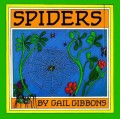
Spiders
From tiny baby spiderlings to large tarantulas, nonfiction master Gail Gibbons' introduction to these intriguing arachnids reminds us that even when they look scary, most spiders are harmless--and …
- Edition
- -
- ISBN/ISSN
- 9780823410811
- Collation
- 32 pages : illustration ; 20 cm
- Series Title
- -
- Call Number
- 595.4 GIB
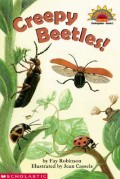
Creepy beetles
This informative book features beetles of all shapes, sizes, and patterns. Young readers will learn how beetles grow, where they live, what they eat, and much more. A colorful appendix labels every…
- Edition
- -
- ISBN/ISSN
- 9780439067546
- Collation
- 32 pages : illustration ; 22 cm
- Series Title
- Scholastic reader : Level 2
- Call Number
- 595.7 ROB
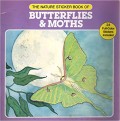
Butterflies & moths
Identification and reference book for children about butterflies and moths at one time this book had stickers to add to pages but this particular copy has most of the stamps all ready placed
- Edition
- -
- ISBN/ISSN
- -
- Collation
- 24 pages : illustration ; 20 cm
- Series Title
- The nature sticker book
- Call Number
- 595.7 CRE

An extraordinary life : the story of a monarch butterfly
Introduces the life cycle, feeding habits, migration, predators, and mating of the monarch butterfly through the observation of one particular monarch named Danaus.
- Edition
- -
- ISBN/ISSN
- 0439288665
- Collation
- 64 pages : illustration ; 27 cm
- Series Title
- -
- Call Number
- 595.7 PRI
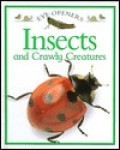
Insects and crawly creatures
A busy bee, a quiet snail, a colorful butterfly -- young children's favorite insects and crawly creatures are all here in superb close-up photographs. Why does a spider spin a web? How does a grass…
- Edition
- -
- ISBN/ISSN
- 9780439877060
- Collation
- 20 pages : illustration ; 22 cm
- Series Title
- Eye openers
- Call Number
- 595.7 ROY
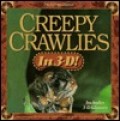
Creepy crawlies in 3-D!
This exciting series invites boys and girls to explore the world of nature through state-of-the-art three-dimensional photography. Each volume includes a pair of sturdy cardboard 3-D glasses that c…
- Edition
- -
- ISBN/ISSN
- 9781573590068
- Collation
- 30 pages : illustration ; 21 cm
- Series Title
- In 3-D!
- Call Number
- 595.7 SAM
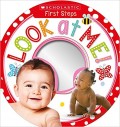
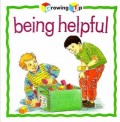


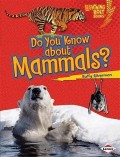
 Computer science, information & general works
Computer science, information & general works
 Philosophy & psychology
Philosophy & psychology
 Religion
Religion
 Social sciences
Social sciences
 Language
Language
 Pure Science
Pure Science
 Applied sciences
Applied sciences
 Arts & recreation
Arts & recreation
 Literature
Literature
 History & geography
History & geography